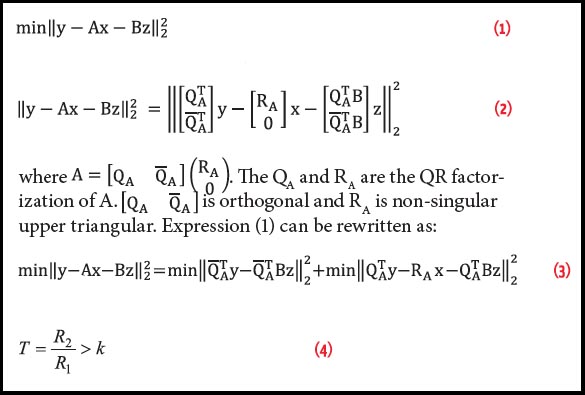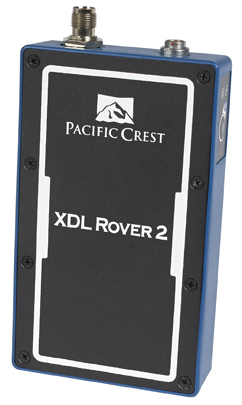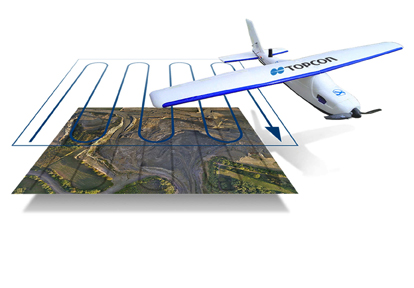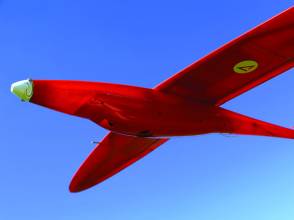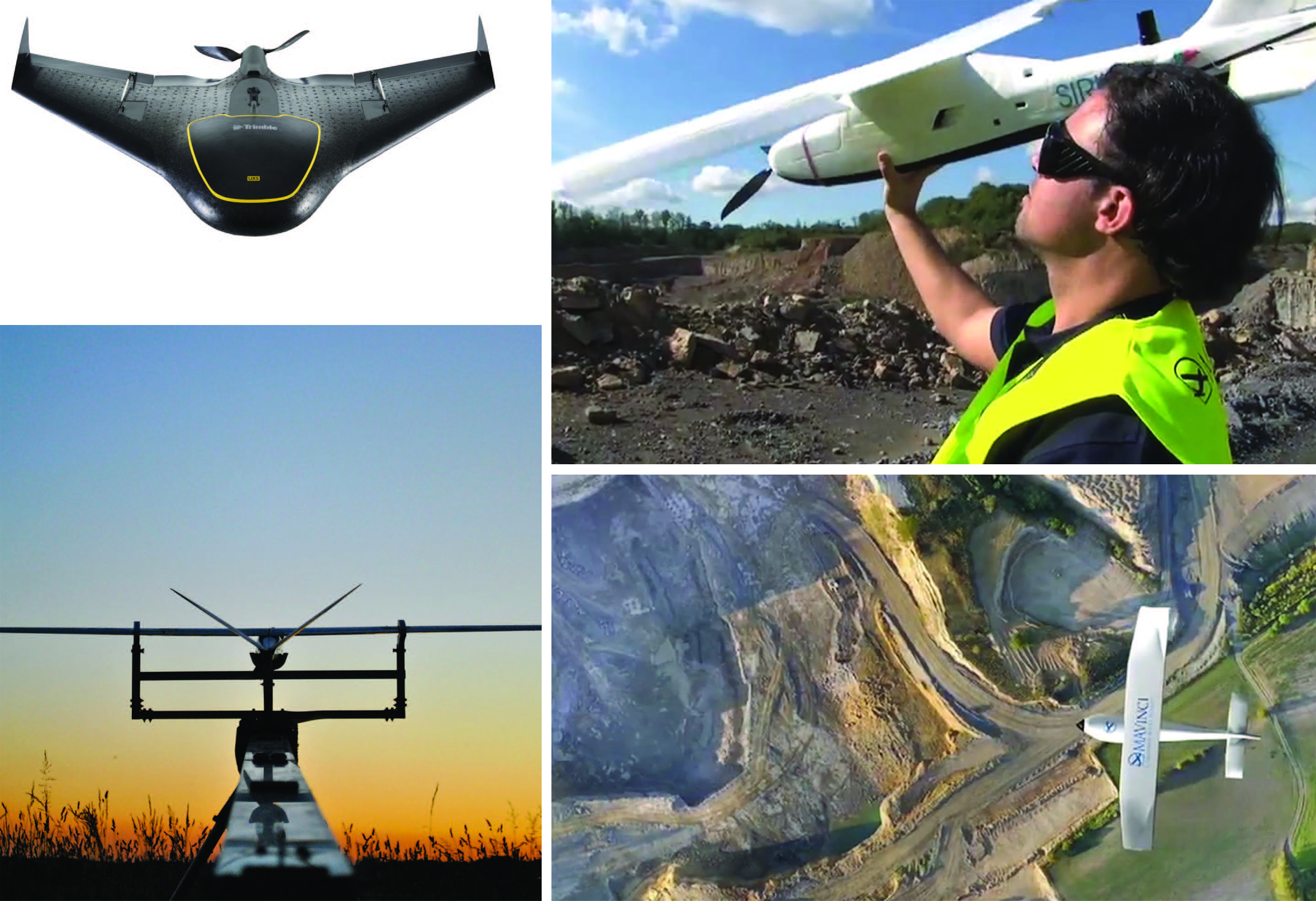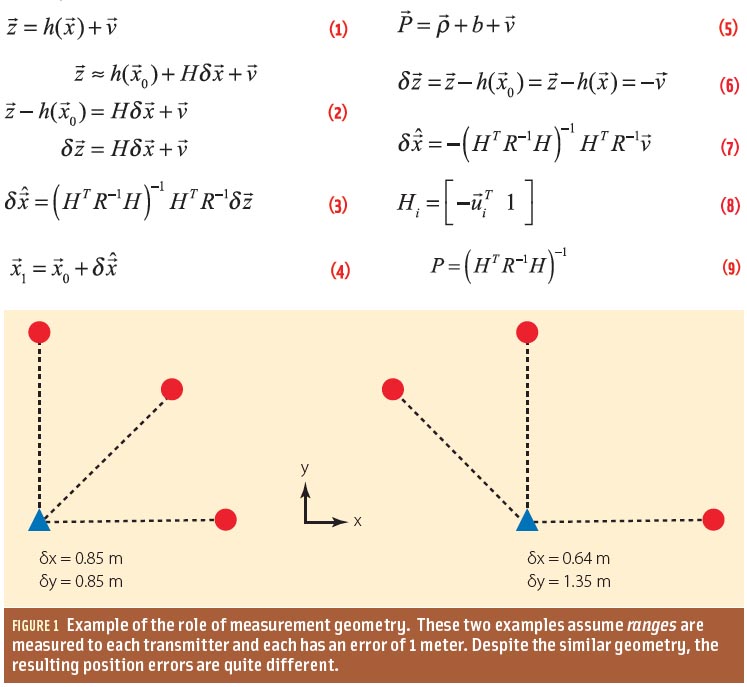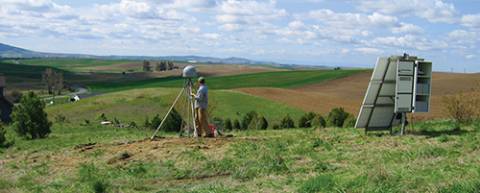Multi-GNSS Precise Positioning
 Dennis Odijk, Curtin University
Dennis Odijk, Curtin UniversityThe availability of carrier phase tracking — counting the cycles of GNSS signals between satellites and a receiver — has long enabled high-precision users to achieve greater accuracy than using the navigation messages or pseudoranges. Improvements in high-end receivers and techniques such as real-time kinematic (RTK) and precise point positioning (PPP) have made once inconceivably accurate results almost routinely accessible.
By Inside GNSS


